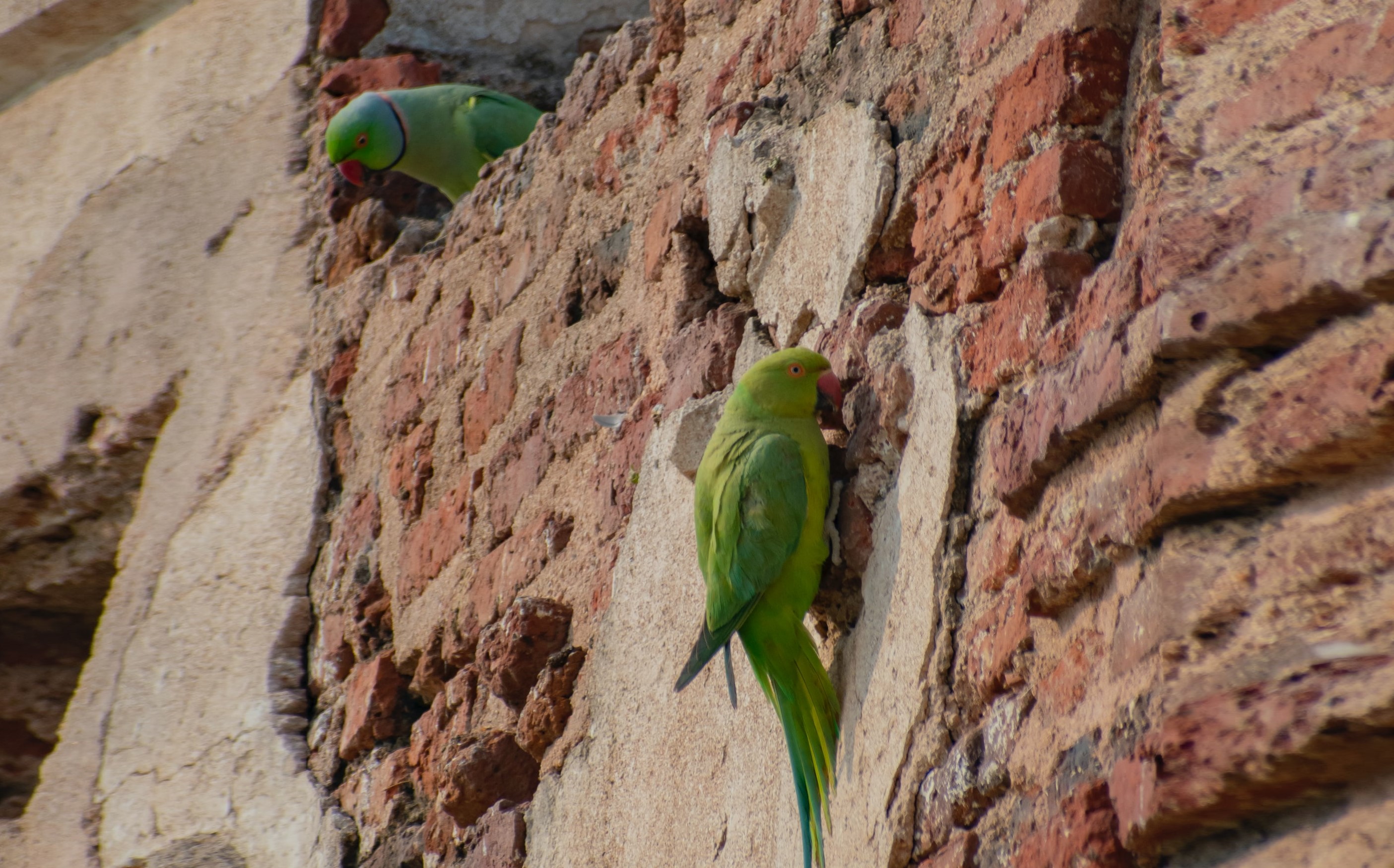JavaScript seems to be disabled in your browser. For the best experience on our site, be sure to turn on Javascript in your browser.
All you need to know about the Indian Ringneck

Known for their beautiful colouring, medium size, and social nature, Indian Ringneck Parakeets are popular companion birds. Indian Ringneck Parakeets are highly intelligent birds that enjoy learning new things. They require an attentive caretaker who can spend time handling them every day to keep them tamed and prevent them from becoming bored. Report has it that they live for more than thirty years.
Interested in bringing home an Indian redneck? Learn about some of the interesting traits the Indian ringneck parakeets have and how to care for them.
Indian Ringneck Care, Cage, and Toys
Indian Ringneck parrots are sensitive hence need lots of playtime and time out of their cage to remain happy. Owners should take note of this so the bird does not develop irreversible neurotic disorders.
They require larger cages than other birds of the same relative size because of their long necks. They also love toys and will hang on them and toss them around the cage and destroy most times, so ensure you have lots of toys on hand to replace the ones your bird destroys.
Please note that if you cannot handle a good deal of chattering, some of it ear-piercing, then this beautiful bird isn't for you.
Check out our unlimited Indian Redneck cages and Indian Redneck Toys here.
Indian Ringneck Food
Indian Ringnecks have great appetites. Make sure you feed your Indian Redneck a balanced, nutritious diet that could include all or any of the following: pellets, fruit, veggies, and healthy table foods. This way you can keep your bird nourished and not bore it repeatedly with unhealthy or unnecessary meals.
Scarlet parrots offer optimum nutrition that encourages interaction.
Check out our latest additions here
Even though Indian Ringneck parakeets are relatively healthy birds, they are susceptible to diseases like Polyomavirus, psittacosis, aspergillosis, and other bacterial infections.
Since Indian ring-necked parakeets are excellent fliers and are capable of fly, ensure that when taking your bird outdoors, they are in harness or in a travel carrier to prevent them from flying away.
Indian Ringneck Sound
Indian Ringnecks are chatty birds and can learn to talk. Be careful what you teach them because you will be hearing it loudly and often. They are also great whistlers too but ensure you teach them words and phrases before whistling, or your bird may fancy whistling over talking
Facts about the Indian Ringnecks
- Indian ringneck parakeets were kept in captivity for centuries but were regarded as an "ornamental,” or hands-off, bird species.
- While ringnecks overall don’t deserve their “difficult” reputation, they can be a handful during their adolescence.
- Ringnecks tend to have a bluffing phase. The key to getting through this bluffing phase is to keep trying to bond with your bird while encouraging good behaviour
- The Ringneck has been labelled as a parakeet because of its medium size and long tail feathers—trademark features that all parakeets have.
- Indian ringneck parakeets are normally mostly bright green with some blue tail feathers and yellow under their wings. Male ringnecks sport black and rose rings around their necks, as well as black facial markings.
- Ringneck voices are one of the most fascinating among companion birds in the world. The clarity of their speech, along with their ability to learn dozens (if not hundreds) of words at the same time is one feature that continually surprises people.
- These birds are highly intelligent and enjoy learning new things.










